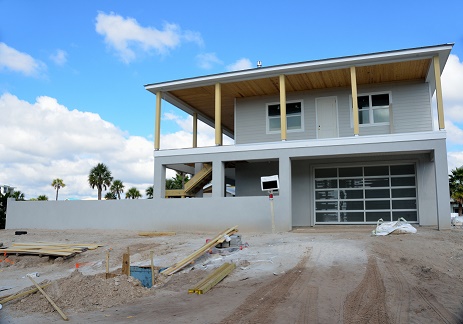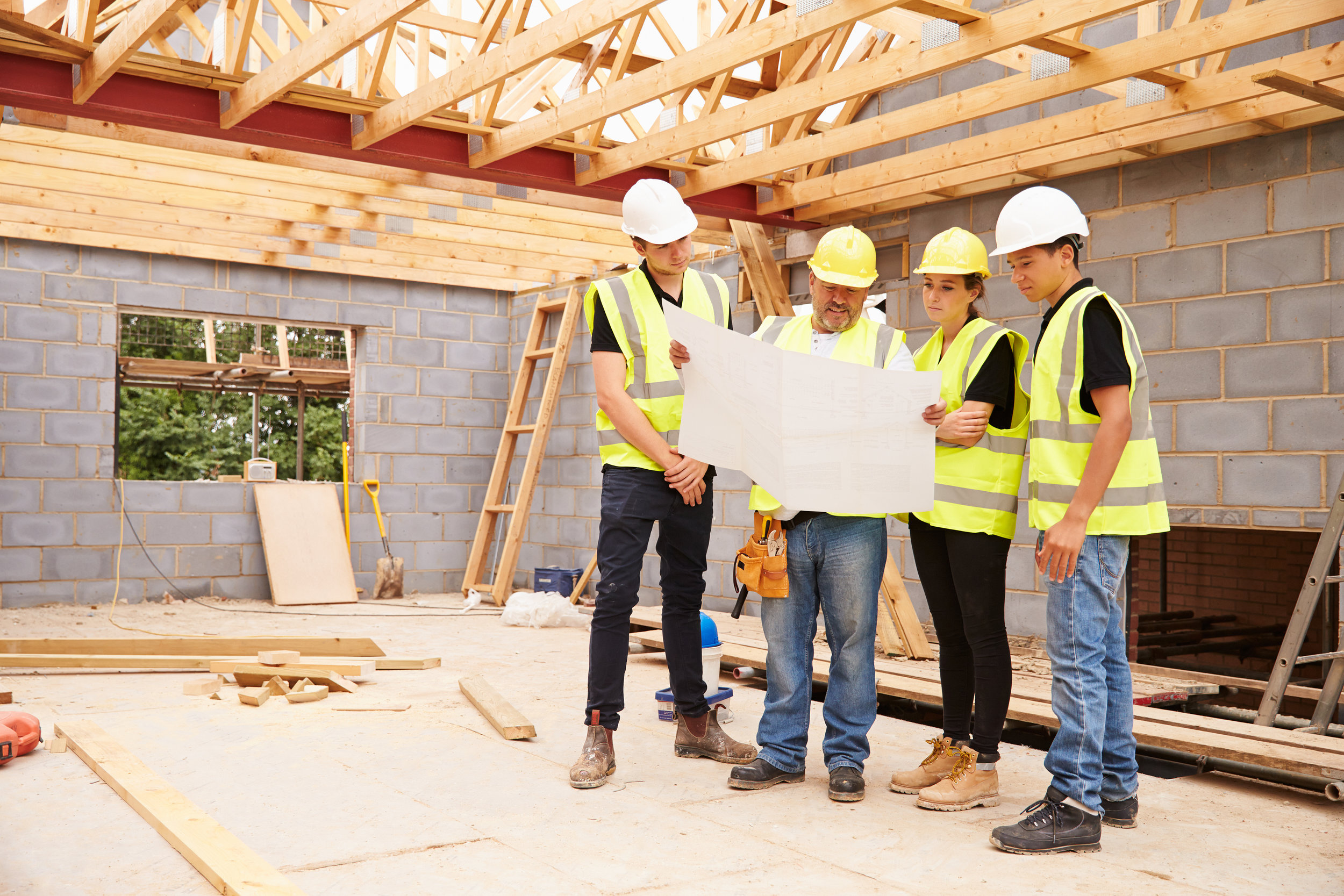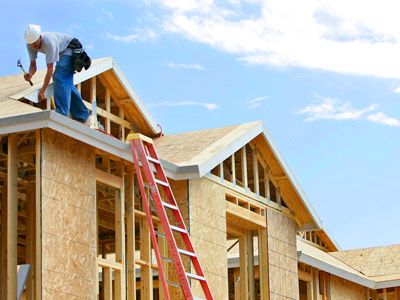How a General Service Provider Can Change Your Typical Locations Into Practical Rooms
The change of usual locations right into useful spaces is a nuanced process that calls for a basic service provider's expertise in assessing particular community needs and designing customized solutions. By considering factors such as format, ease of access, and visual charm, a specialist can produce settings that not just offer functional functions but also foster community engagement. Via reliable task management and adherence to top quality criteria, these improvements can significantly enhance customer experience. Yet, the details involved in balancing layout and performance increase crucial questions about finest methods and potential difficulties that benefit further expedition.
Assessing Current Common Area Demands
When examining usual areas, it is vital to recognize and understand the certain requirements of the community they serve. This procedure starts with a detailed analysis of existing use patterns, which involves gathering information on foot traffic, top usage times, and tasks taking place within these areas. Engaging with neighborhood members via meetings or surveys can give useful understandings right into their choices and difficulties.
Next, it is essential to consider the group make-up of the neighborhood, consisting of age, way of life, and any kind of unique demands that may affect how these spaces are made use of. Family members with young youngsters might need play areas, while older grownups may focus on access attributes.
Additionally, examining the existing facilities and facilities is important. Identifying areas that are underutilized or in need of fixing can notify potential renovations. Working together with stakeholders, such as property supervisors and neighborhood organizations, makes certain that the analysis reflects a detailed understanding of the neighborhood's demands.
Inevitably, a precise evaluation of current common location needs lays the foundation for effective transformations, permitting the development of rooms that promote involvement and improve the overall high quality of life within the community.
Designing for Capability and Aesthetics
A detailed understanding of community requires establishes the stage for effective style that stabilizes functionality and visual appeals alike areas. Effective style needs a thoughtful strategy that considers both the functional uses the space and the aesthetic allure that enhances the atmosphere.
Practical design entails developing spaces that deal with the certain tasks and interactions of the area. This may include versatile seating setups for gatherings, available paths for individuals with wheelchair obstacles, or designated locations for leisure activities. Each element must serve a function while making certain ease of movement and comfort for individuals.
The selection of shades, materials, and lighting can considerably affect the perception of a space. In addition, aligning the layout with the area's cultural identity can cultivate a feeling of belonging and satisfaction.
Budgeting and Resource Allotment
Effective budgeting and source allotment are important components in the effective change of typical areas. A distinct spending plan details the financial parameters within which the task have to operate, guaranteeing that expenses are controlled and sources are efficiently utilized. This begins with a complete evaluation of project requirements, including layout aspects, materials, and labor.

A general service provider plays a critical role in this phase, collaborating with stakeholders to develop sensible spending plan price quotes that align with the designated vision. By focusing on vital functions and exploring cost-efficient choices, the specialist can optimize investing without compromising top quality.
Source allotment requires tactically appointing workers, equipment, and a knockout post products to different stages of the project (Carmel In Contractor). This calls for careful planning to stay clear of hold-ups and make certain that each component is supplied in a timely manner. Additionally, routine surveillance of expenditures versus the budget assists to recognize potential overruns early, permitting timely modifications
Taking Care Of Construction Process Efficiently
Managing the building process efficiently is vital for achieving prompt job completion and preserving budget plan stability. A well-coordinated approach includes precise planning, clear communication, and effective resource administration. General specialists need to develop an in-depth task timeline that outlines each stage of building and construction, permitting for the identification of critical turning points and possible traffic jams.
Routine progression meetings are critical for keeping all stakeholders educated and lined up. These meetings promote the timely resolution of issues, making certain that the task remains on track. Additionally, using project monitoring software application can improve communication, track development, and take care of paperwork, minimizing the probability of hold-ups and misunderstandings.
Effective resource allocation is additionally critical. By ensuring that products, labor, and devices are available when required, general service providers can protect against expensive interruptions. Carrying out a proactive strategy to take the chance of monitoring further boosts efficiency, as it enables the identification and mitigation of possible obstacles before they intensify.

Making Certain Conformity and Quality Requirements
Compliance and high quality criteria are fundamental to the success of any type of construction job, making certain that the finished spaces not just meet client assumptions yet likewise stick to governing demands. A basic professional plays a pivotal duty in imposing these requirements throughout the building and construction procedure.
First, it is necessary for the contractor to stay updated on regional building regulations, safety and security policies, and market finest techniques. This expertise enables them to guide layout selections and product choices that straighten with conformity standards. Regular assessments and high quality assessments throughout the building and construction stage aid to determine prospective problems early, mitigating costly delays and revamp.
In addition, a credible basic service provider cultivates a society of top quality amongst employees and subcontractors. This can be accomplished by supplying training on conformity protocols and executing strict high quality control procedures. By developing clear communication channels, the contractor can ensure that everybody involved recognizes their duties pertaining to conformity and high quality.
Final Thought
In conclusion, the read here role of a basic professional in transforming common locations into functional spaces is critical. Via a thorough evaluation of community demands, thoughtful layout, careful budgeting, and efficient find task administration, these experts can develop atmospheres that boost functionality and aesthetic charm. Adherence to conformity and high quality standards additionally guarantees that renewed areas not only fulfill the expectations of stakeholders yet also foster interaction and enhance the total experience for all users within the neighborhood.
The transformation of usual areas right into functional rooms is a nuanced procedure that requires a general specialist's experience in analyzing details community demands and developing tailored options. By considering factors such as layout, availability, and aesthetic allure, a specialist can create environments that not just serve useful purposes however likewise foster neighborhood involvement. General contractors need to develop a comprehensive project timeline that details each stage of construction, allowing for the identification of crucial landmarks and possible bottlenecks.

Comments on “Full-Service General Contractor Indiana for Complete Residential Property Transformations”